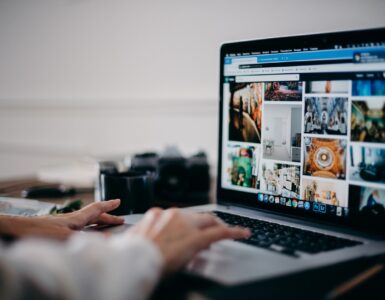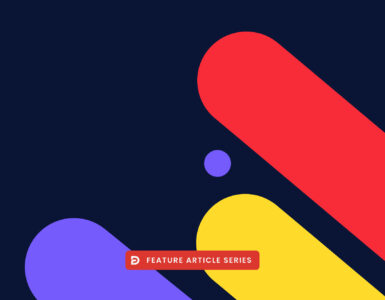There used to be no prearranged path for becoming a UX designer. Like many UX designers, I found my way into UX design through a very non-linear path, which I’ll explain in a moment. Today however, I’d suggest you read some design books, and, take an online UX course and learn the basics there first to see if it’s for you.
How do I become a UX Designer?
You can either follow a path similar to many others and self-teach yourself to start, or, invest into a full-time Human Computer Interaction or UX Research, UX Design certificate diploma or degree. More on that in other articles we’ll be sharing here. Self taught is the best place to start because you can begin NOW and see if this career path is for you.

Do you care about how people think and wonder what their world view it like? Do you have an interest or a nagging need to continually improve and tinker with a process? Curiosity – a common trait of UX designers, is what I chalk it up to for me.
How did I become a UX Designer?
In elementary and high school, using Macintosh Plus and Classic computers, I self-taught myself computer illustration and interaction design. I didn’t realize how what seemed like ‘just rearranging links and information by ease and following common sense’ was applied learning though iterative testing of human computer interaction principles.
The logic of architecture and interaction design was being applied using HyperCard (launched in 1989) – a hypertext system that predated the world world web! There was even the odd moderated user test thrown in there, as I used MacPaint, ResEdit and HyperCard to create ‘standalone’ black and white games for (Mac OS) System 7. I didn’t realize it at the time, how it was cutting edge it was, because, it was simply all I knew.

After high school, I went to fine art school and learned art history, color theory, drawing painting and the fundamentals of design. Along the way, I realized that I didn’t want to pursue traditional art – I enjoyed it, but given that I already had some computer experience, I couldn’t see how it’d offer me a career.
Having graduated from school, and now experimenting with websites and digital video (pre high definition SD video as this was 2002 – years before YouTube was launched) I was offered an icon design job, and took it. My portfolio had just enough work to land me a job in software interface – the icon-design hobby work I had done in high school carried me there.

I eventually left the Icon design job – who in their 20s wants to spend literally years working on icon designs? I went back to school, learnt some business skills to avoid being taken advantage of as ‘an artist’, and began doing video production for business, then pivoted to advertising. Eager to get back to the user, I sought a visual design job at a SaaS company, which then led to UI UX Design, and then a LMS company as a Product Designer.
I certainly can’t tell someone to repeat my own career path – and times have changed. But what I can do is share my best advice for becoming a UX designer.
Do I really want to become a UI UX Designer?
While I personally and professional can be a rewarding vocation, it's not for everyone. Keep reading about what UX Designers do and the different opportunities – and challenges that we face, before you jump head first into committing to an expensive design program. Read a book. Take an inexpensive online course. With with a friend who runs a small business and try some mock projects. Test it out.
Be Thankful, and Take Note of the Skills You’ve Currently Got
My route was a circle – I left UX and came back when it was more matured. It’s unlikely you have the same path or skills at me as I do, and that's a good thing – if you’re reading this, you’ve likely got a skill set that’ll be advantageous to you. Having a growth mindset – the curiosity to see an opportunity and learn to adopt the skills needed to do that task, is the secret sauce to success. For me, in each case when I hit a road block, usually with a mentor’s help, I identified which area needed improvement, and worked on that.
Photographer with a good eye for balance, light and color? Super organized business operations manager? Cook with a fine eye for creative flare? Financial number-crunching superstar? All of these traits will be useful for a UX design career, and you can certainly leverage them.





